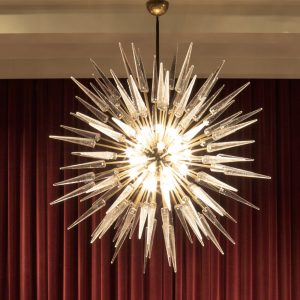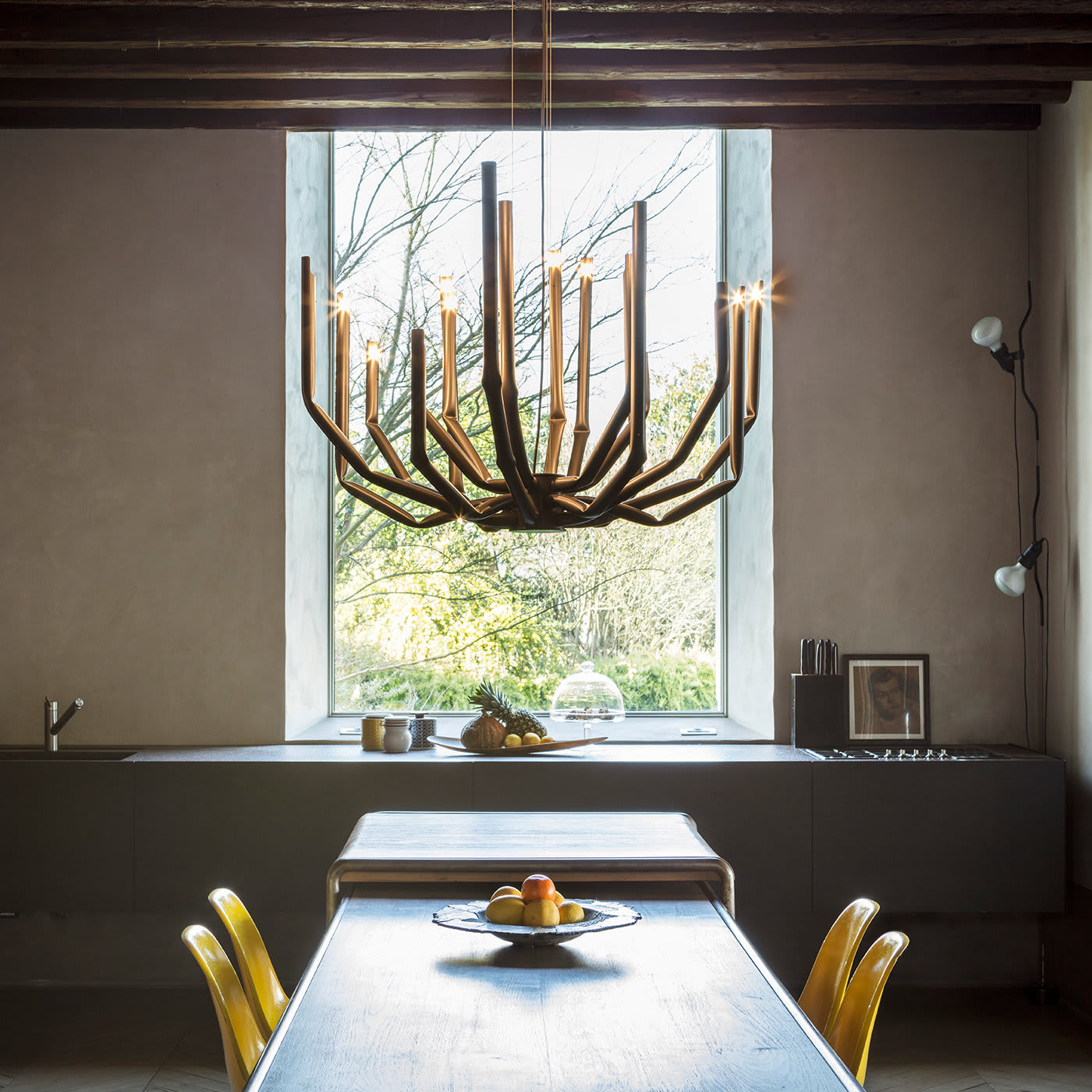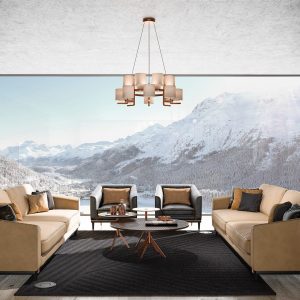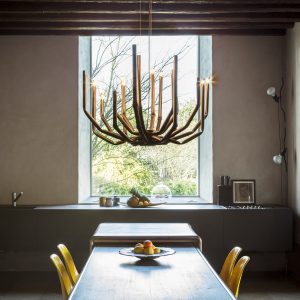Choosing the perfect chandelier can dramatically enhance the ambiance of your space, serving as both a functional light source and a striking focal point. With so many styles, sizes, and placement options available, navigating the selection process can feel overwhelming. Here’s a comprehensive guide on how to choose the ideal chandelier for your home, focusing on size, style, and placement tips.
1. Size Matters
– Scale and Proportion
Before selecting a chandelier, it’s crucial to consider its size in relation to the room. A chandelier that is too small can look lost in a large space, while one that is too large can overwhelm a smaller room. Here are some guidelines to help you find the right proportions:
- Diameter Calculation: A common method for determining the ideal diameter of your chandelier is to add the dimensions of the room together (in feet) and convert that number into inches. For example, if your dining room is 12 feet by 15 feet, you would add 12 + 15 = 27 inches. Thus, the chandelier should have a diameter of approximately 27 inches.
- Height Considerations: The height at which you hang the chandelier is equally important. For standard ceilings (8-9 feet), allow about 30-36 inches of clearance from the bottom of the chandelier to the surface (such as a table or floor). For higher ceilings, add an additional 3 inches of height for every foot over 9 feet.
– Room Dynamics
Consider the other elements in the room when determining size. If there are tall furniture pieces, beams, or other architectural features, ensure that your chandelier does not conflict with these elements visually or physically.
2. Selecting the Right Style

– Defining Your Aesthetic
The chandelier you choose should reflect your personal style and the overall aesthetic of the room. Here are some popular styles to consider:
- Traditional: Characterized by ornate designs and materials like crystal or wrought iron, a traditional chandelier can add a touch of elegance to any space.
- Modern: Sleek lines, geometric shapes, and minimalist designs define modern chandeliers. Materials such as metal, glass, or acrylic are often used, making them perfect for contemporary spaces.
- Rustic or Vintage: For farmhouse or vintage-inspired interiors, chandeliers made from reclaimed wood, metal, or lantern-style designs can create a warm, inviting atmosphere.
- Industrial: Featuring raw materials, exposed bulbs, and a utilitarian aesthetic, industrial chandeliers are a great choice for lofts or modern spaces with an edgy vibe.
– Finish and Material
Consider the materials and finishes that will best suit your space. Whether you prefer polished metals, matte finishes, or vivid colors, the finish will significantly impact the chandelier’s overall look. For example, a brass chandelier can convey warmth and tradition, while a matte black version can offer a striking contrast in a light-colored room.
3. Placement Tips
– Central Focal Points
The placement of a chandelier should draw the eye and create balance in the room. Here are a few tips for optimal placement:
- Dining Rooms: Hang the chandelier above the dining table, ensuring that it is centered and provides ample light for dining. The bottom of the fixture should ideally be 30 to 36 inches above the table.
- Living Rooms: In living rooms, a chandelier can serve as a central piece in the room. If your seating arrangement is clustered, center the chandelier above the coffee table or seating area, ensuring it does not obstruct views or movement.
- Entryways and Halls: In entryways, a chandelier can create a warm welcome. Place it centrally to act as a statement piece. If the ceiling is high, consider a larger chandelier or one with a cascading design to fill the vertical space.
– Layering Light
Incorporating multiple light sources, including chandeliers, will enhance the overall lighting scheme. Pair your chandelier with wall sconces, floor lamps, or table lamps to create a layered lighting effect that adds depth and warmth to the room.
4. Practical Considerations
- Bulb Selection
The type of bulbs you use in your chandelier will influence both the quality of light and the energy efficiency of the fixture. Consider LED bulbs for their longevity and energy savings, or opt for dimmable bulbs to adjust the ambiance according to your needs.
- Maintenance and Cleaning
Some chandelier styles, particularly those adorned with crystals, may require more maintenance than others. Consider how easy it will be to clean the fixture and keep it in good condition. If upkeep is a concern, you might opt for a design that minimizes dust collection.
Conclusion
Choosing the perfect chandelier involves a thoughtful approach to size, style, placement, and practical considerations. By taking the time to consider these factors, you can select a chandelier that not only enhances the beauty of your space with European furniture but also complements your lifestyle. Whether you’re looking to make a bold statement in your dining room or create a warm ambiance in your entryway, the right chandelier can transform your home into a beautifully illuminated haven.



 Chandeliers
Chandeliers